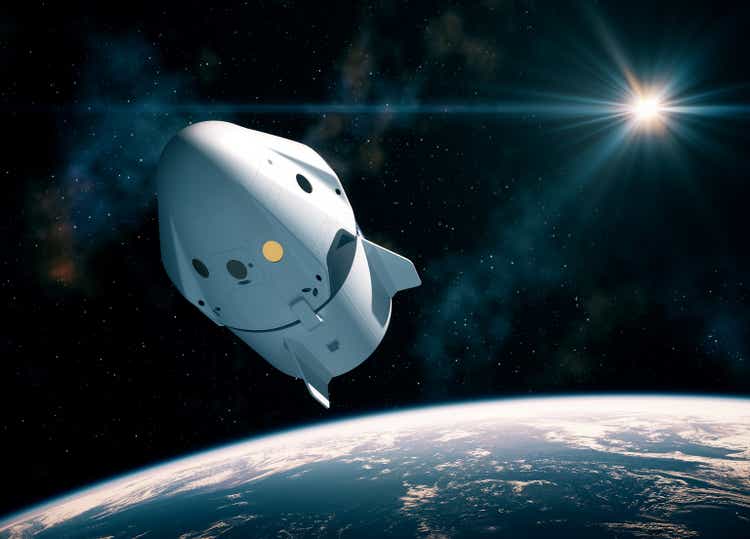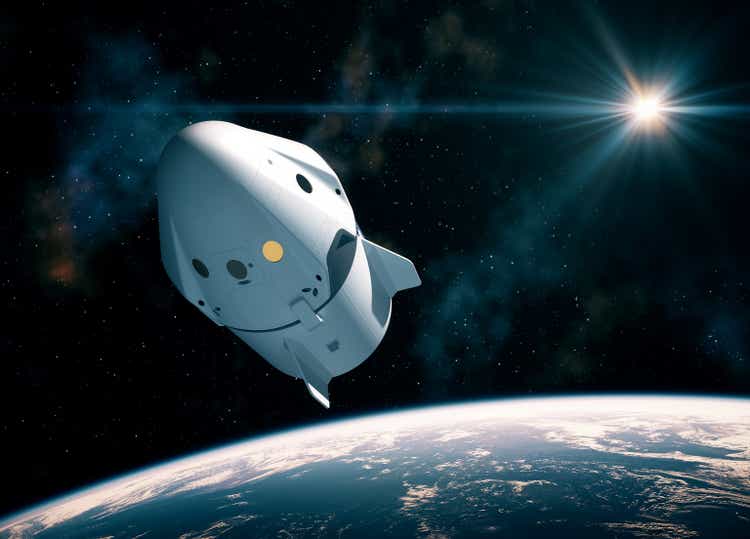
3DSculptor
As most people began waking from their beds, there were a couple of individuals who were making history by walking around. The first-ever private spacewalk was conducted by civilian astronauts Jared Isaacman and Sarah Gillis, two members of the four-person Polaris Dawn mission that launched to Earth orbit earlier this week. It was once again made possible by SpaceX (SPACE), which has clearly become the front-runner in the burgeoning commercial space industry following the latest debacle by Boeing (NYSE:BA).
Back to the 1960s: Since the Crew Dragon spacecraft has no airlock, the only way to conduct a spacewalk is to let all the air out of the spacecraft and open the front hatch. That exposed the whole interior to the vacuum of space (a.k.a. vented), requiring all four astronauts aboard to don spacesuits. The extravehicular activity (EVA) was made possible by new handrails that SpaceX named Skywalker, and took place 870 miles above Earth, which is 3x higher than the International Space Station (or the deepest point ventured into space by humans without going to the moon).
The key objective of the spacewalk was to test SpaceX’s (SPACE) new suits, which were developed in-house to prepare for further missions to the final frontier. “It’s not lost on us that, you know, it might be 10 iterations from now and a bunch of evolutions of the suit, but that, someday, someone could be wearing a version of [it] that might be walking on Mars,” Isaacman declared. “And it feels like, again, a huge honor to have that opportunity to test it out on this flight.”
Space race: Tech entrepreneur and billionaire Jared Isaacman is an accomplished pilot and CEO of Shift4 Payments (NYSE:FOUR), but he’s not the only one interested in space. The industry has been growing at an exponential rate, although many new entrants have struggled in the public markets. Others have blasted above the exosphere in 2024, including AST SpaceMobile (NASDAQ:ASTS), EchoStar (NASDAQ:SATS) and Intuitive Machines (NASDAQ:LUNR), which are looking to capitalize on satellite and exploration technologies.
